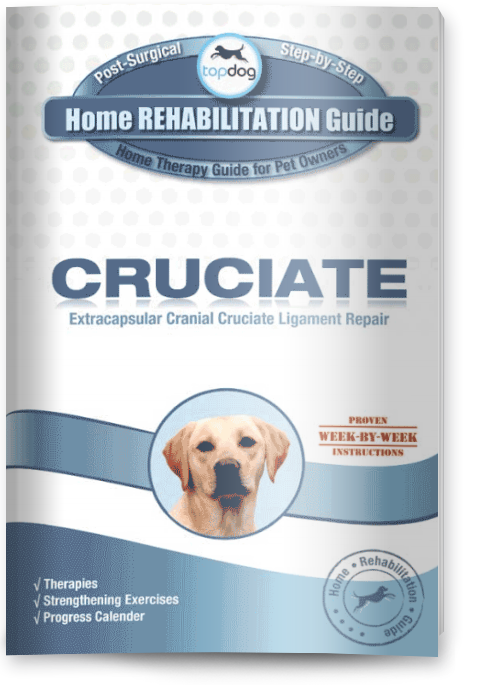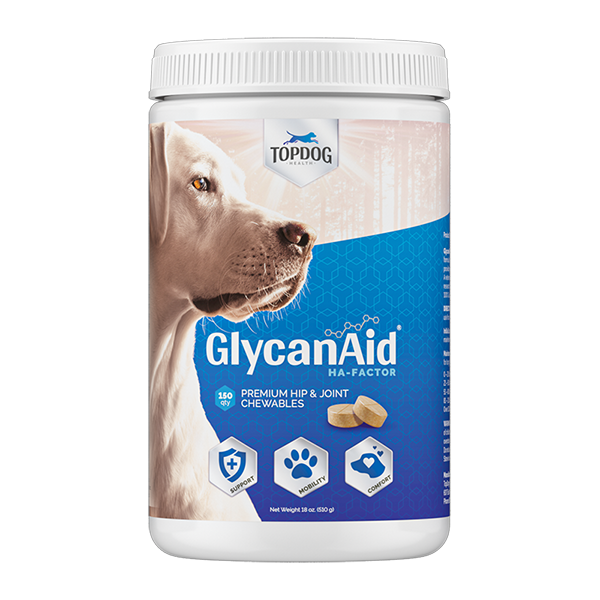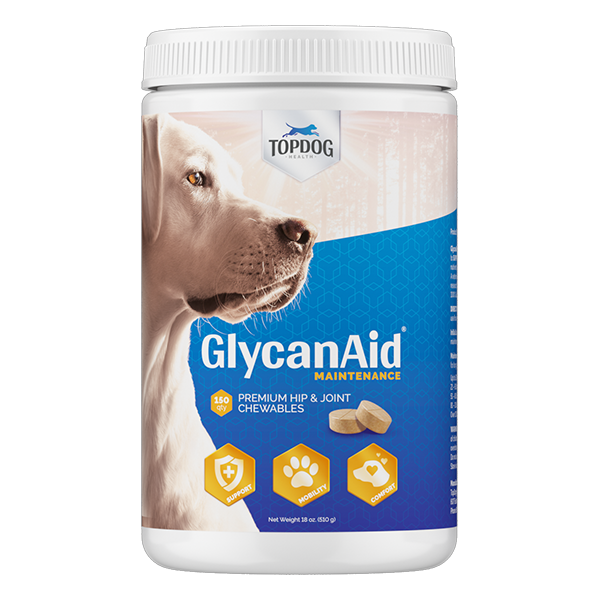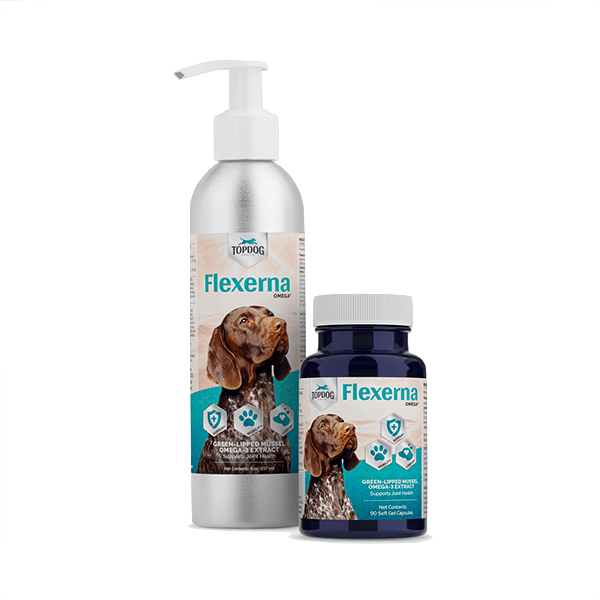What is Dog Cruciate (ACL) Surgery?
Cruciate surgery is performed to repair a torn cranial cruciate ligament (CCL) in the stifle (knee), which is the same as the ACL in humans. CCL surgery is the most common orthopedic surgery performed in dogs and is said to make up 85% of all dog orthopedic surgeries performed every year. Given that this is such a common injury, several procedures have been developed over the years to repair the ligament. Each technique comes with its advantages and disadvantages, so it is important to discuss the options with your veterinarian to decide which procedure is best for your dog.
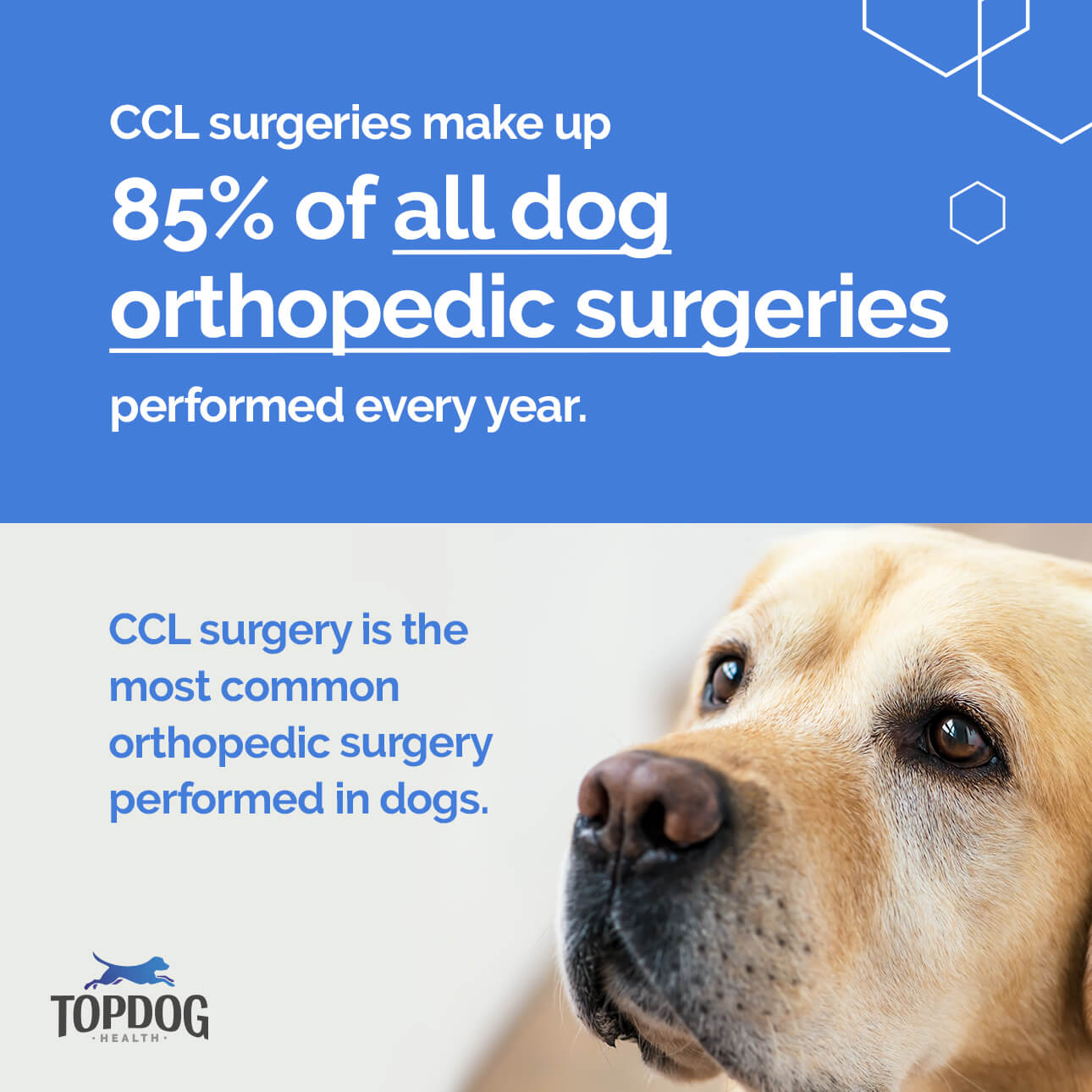
Factors to consider when choosing the technique to repair your dog’s torn CCL include the patients:
- Age
- Weight
- Size
- Lifestyle
- The surgeon’s preference
- Cost of the procedure
Lateral Suture also called Extracapsular (outside the joint) repair of the cruciate ligament is probably the oldest and the most commonly performed procedure performed to correct this injury. The goal of the surgery is to restore stability to the stifle (knee) by placing sutures outside of the joint. The cranial cruciate ligament is responsible for preventing the tibia from sliding forward and out from underneath the femur, and by placing artificial sutures outside the joint this external stabilization mimics the normal activity of the cranial cruciate ligament. For this surgery, a continuous monofilament (one fiber) nylon suture, similar to a fishing line is placed around the fabella bone of the femur and looped through a hole drilled into the tibial tuberosity. The two ends of the suture are then securely held in place using a stainless steel clip.
Additionally, rupturing the cranial cruciate ligament leads to instability in the knee, which can lead to damage to other structures within the joint, including meniscal tears. This is where appropriate diagnostics become important. Finding the extent of the injury will aid in choosing the correct procedure for your dog, and will increase the chances of a successful recovery. RETURN TO TOP
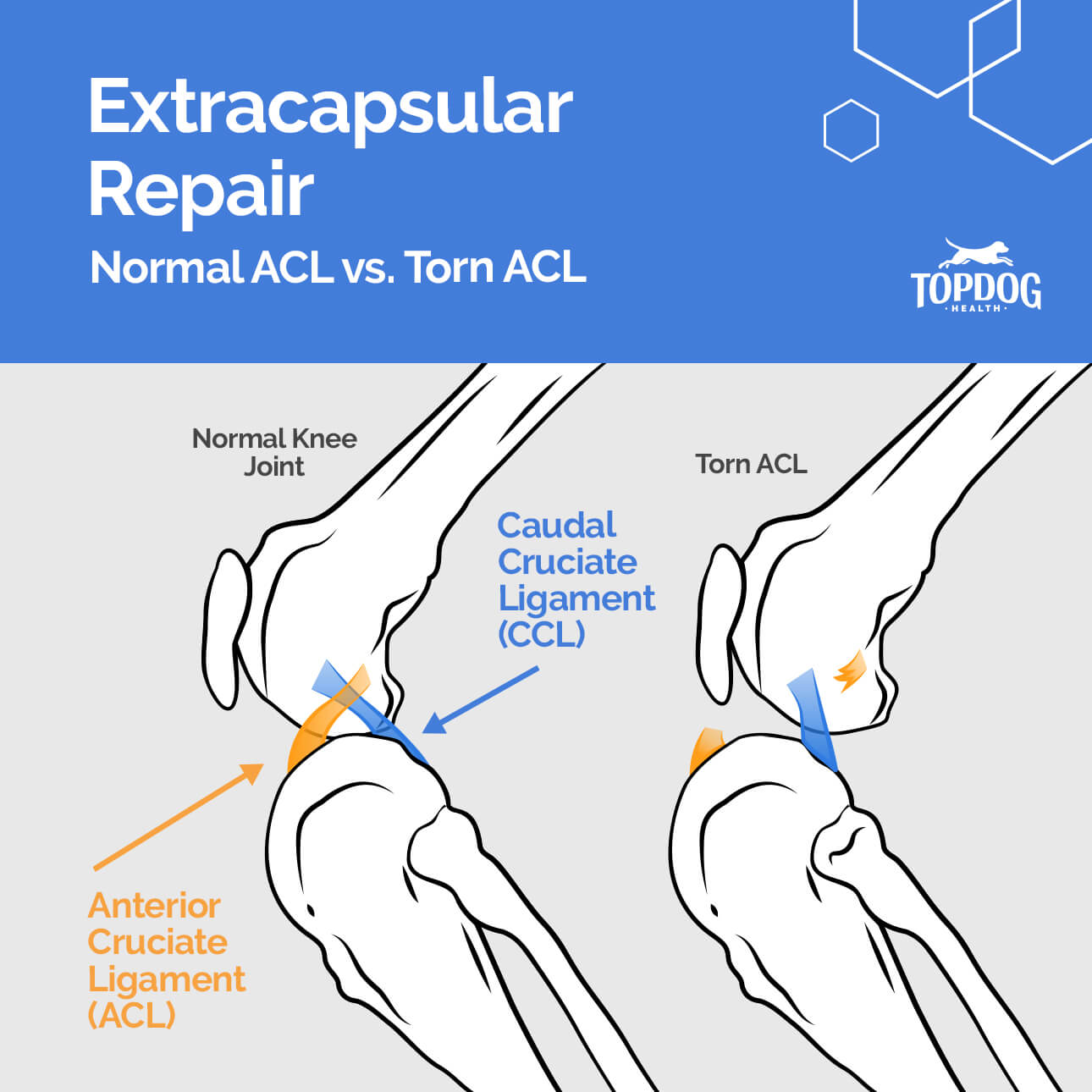
What is the cost?
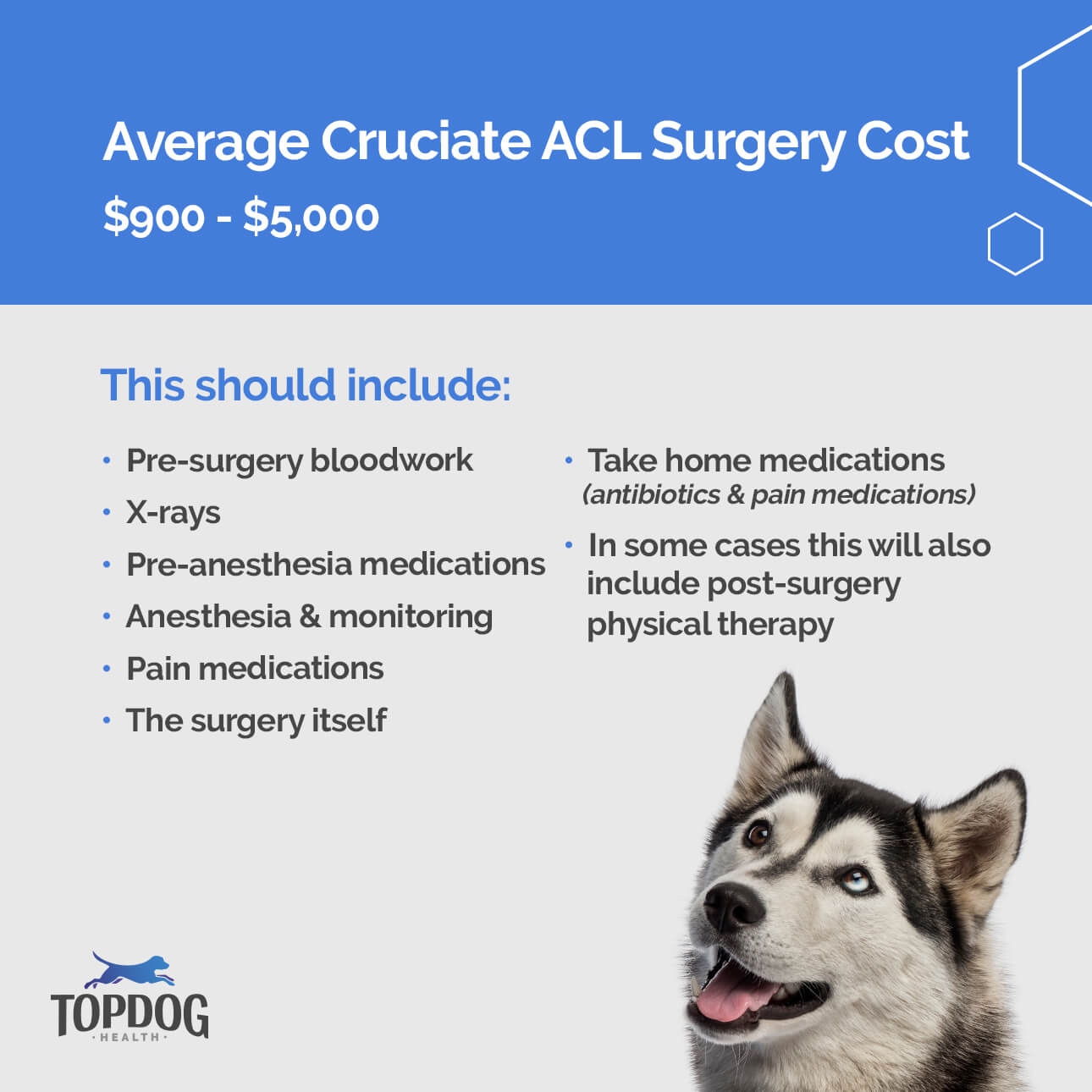
Depending on which surgery type you go with the cost can go upwards of $4500.00 US dollars. If you choose the extracapsular repair (the more traditional “fishing-line approach” the cost ranges from $900.00 to $2,500.00. The exact cost will depend on the area you live in, the skill and experience of the veterinarian, as well as the hospital in which the surgery is performed. Typically, the cost includes not only the surgery but also pre-surgical bloodwork, anesthesia, post-surgical care, and medications. Some hospitals may even include post-surgical physical therapy. RETURN TO TOP
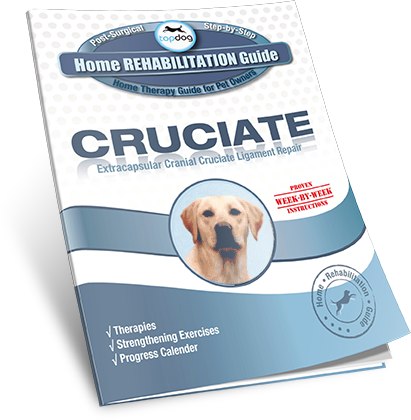
98% of Pet Owners Say this Guide is a Must for Recovery
What are the alternatives?
Although extracapsular repair is often performed, it is not the only option for repairing your dog’s torn cruciate ligament. Therefore, it is important to have a conversation with your veterinarian or veterinary surgeon to discuss all of your options. As previously mentioned, several things should be considered when choosing the right surgery.
Here is a list of things to consider:
- Age of the dog
- Size and weight of the dog
- Activity level of the dog
- Financial considerations
- Post-operative care and access to a canine rehabilitation facility
- Degree of joint disease (arthritis or other concurrent joint diseases/injury)
- Access to a board-certified orthopedic surgeon versus a general surgeon or practitioner
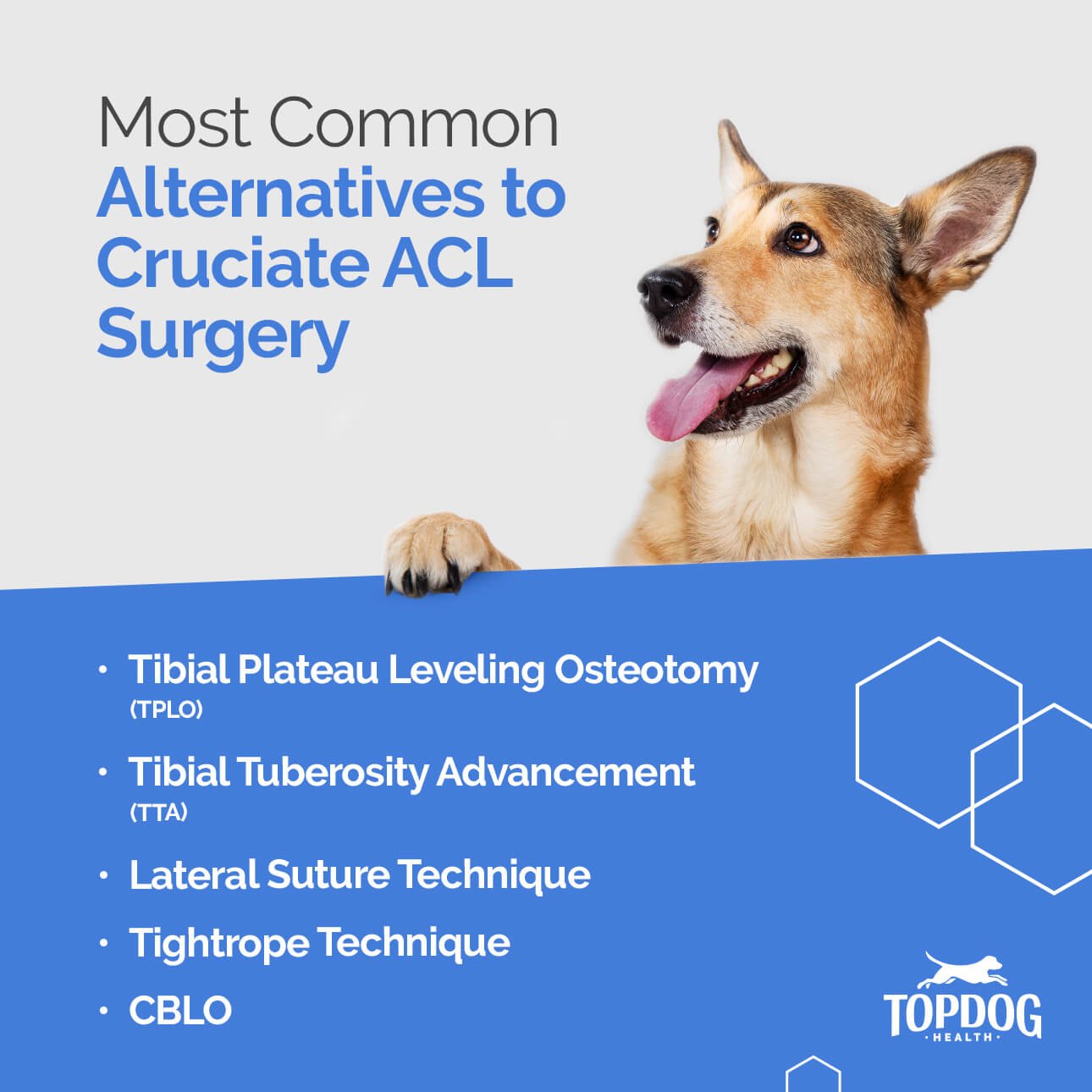
Three of the most common alternatives to extracapsular cruciate ligament repair are:
- Tibial Plateau Leveling Osteotomy (TPLO)
- Tibial Tuberosity Advancement (TTA Surgery)
- Lateral Suture Technique or Extracapsular Repair
- Tightrope Technique
- CORA*Based Leveling Osteotomy (CBLO)
What you need to know about recovery?
Regardless of which surgery you choose, it’s the post-operative care that will determine how successful the procedure is. Dogs that are non-weight bearing will quickly begin to lose muscle mass and range of motion in the affected leg. The sooner the knee is stabilized, the less muscle atrophy that occurs, and the faster the recovery post-op. Check out our video on how to measure muscle and stay on top of any potential atrophy.
The first 12 weeks following surgery are a critical time of recovery and rehabilitation. Controlled exercise and encouraging the dog to begin using the leg are keys to a successful recovery. This is where canine rehabilitation comes in. In the last 20 years, human physical therapy principles and techniques have been developed and adapted to help dogs recover properly after major orthopedic surgery. Physical therapy for dogs is correctly referred to as Canine Rehabilitation, and many of the techniques used are similar to those that would be used if you had to see a physical therapist after orthopedic surgery. Rehabilitation can usually be initiated shortly after surgery when an extracapsular repair is performed. These exercises focus on safe weight-bearing of the limb, combating muscle atrophy, and improving range of motion. You can find the at-home rehab guide here.
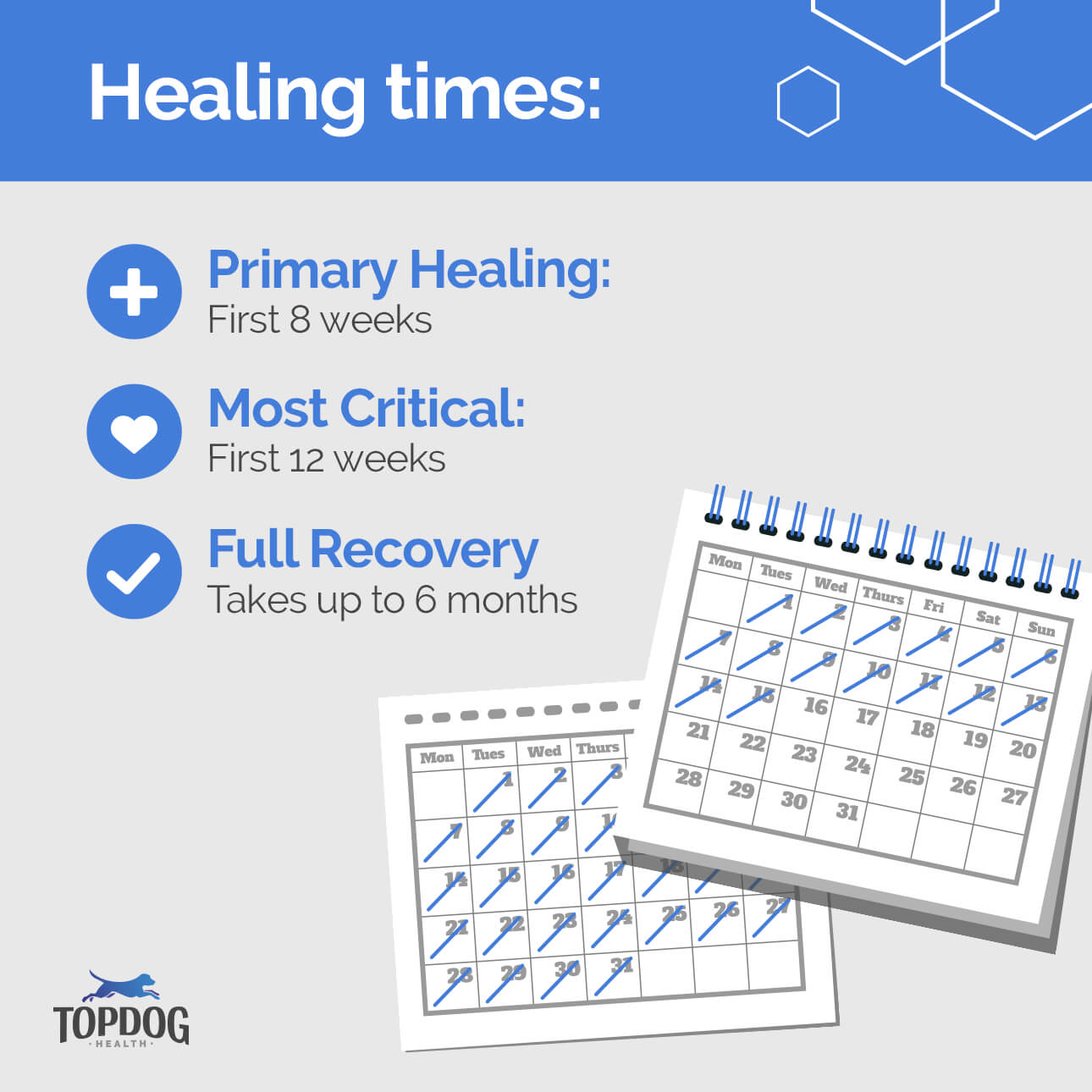
Remember that like humans, not all dogs recover at the same speed. It is best to be conservative and consistent. Do not force your dog to do certain exercises if they are unwilling. It is always best to seek professional guidance if available.
An often looked at aspect of recovery after surgery is nutrition. Not only in terms of what your dog should eat. But in terms of natural supplements, you can give your dog to aid in their recovery. If your dog is not already on a joint supplement, please add a complete joint supplement to their diet. This will help with the healing and onset of arthritis. At TopDog we created GlycanAid HA for this very reason. We added key uptake enhancers to aid your dog’s body in absorbing all the nutrients. Additionally, your dog should be on a natural inflammatory to help reduce pain. Our Flexerna Omega is one of the most potent natural anti-inflammatories available because we utilize green-lipped mussel oil. RETURN TO TOP
It is important to note that while recovery takes 12 weeks, it actually takes a full 6 months to have complete healing and return to function.
What are the complications?
According to the American College of Veterinary Surgeons (ACVS), the long-term prognosis for animals undergoing surgical repair of the cranial cruciate ligament is good, with reports of improvement in 85-90% of the cases. However, all surgical procedures carry the risk of complications. The most common complications encountered with this particular procedure are infection, lack of stabilization, and implant failure. The most common complication caused by a torn cranial cruciate ligament is osteoarthritis of the affected joint. Unfortunately, arthritis progresses regardless of treatment but is much slower when surgery is performed and the knee is stabilized. It is important to realize that arthritis is a progressive disease and develops fairly quickly in an injured stifle joint. Therefore, arthritis management and prevention and joint supplements are recommended for any dog with this injury, no matter which surgical procedure is chosen. RETURN TO TOP



